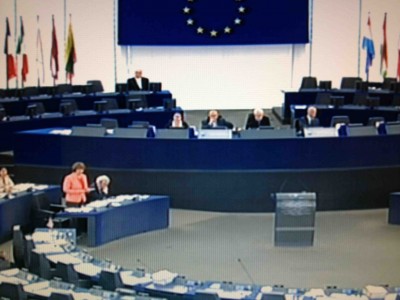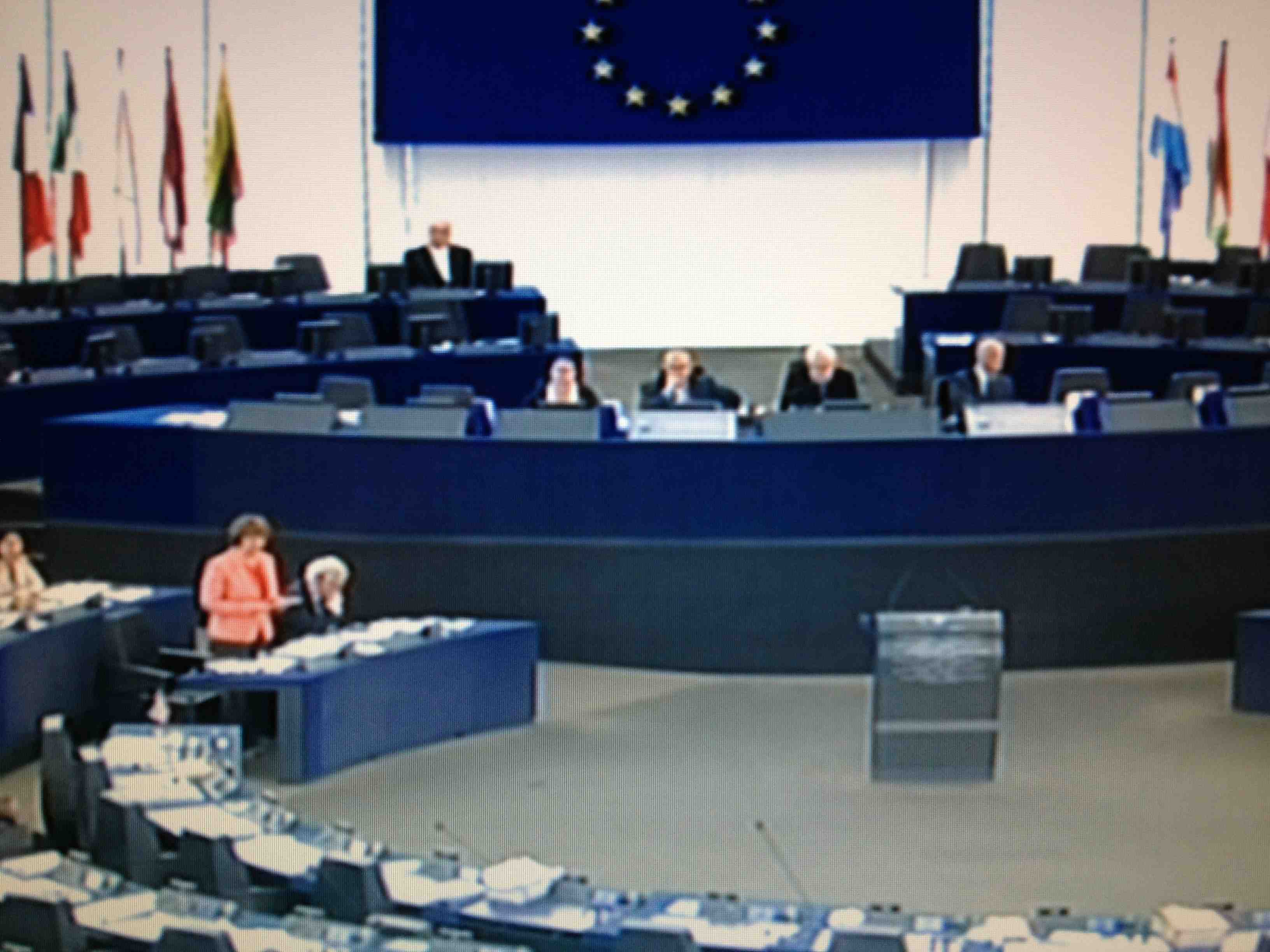The glass half full
 (BRUSSELS2 to Strasbourg) “The glass is half full. And when I say half full, I don't mean half empty”. This is how Elmar Brok, chairman of the European Parliament's Foreign Affairs Committee, describes the state of the European diplomatic service (EEAS), on the occasion of the "review" exercise, two and a half years after its installation. " We cannot expect in two and a half years to have complete results when it took 300 years to do the Foreign Office. We must take the positive side of what has been achieved » he underlines. In the Balkans, in Afghanistan, with Iran, the European approach has done a good job”. And to be in false against certain criticisms coming from the Member States. " These criticisms also bear on their concern to see their rights preserved, to be involved, to have civil servants of their own in the service. They don't look for improvements »
(BRUSSELS2 to Strasbourg) “The glass is half full. And when I say half full, I don't mean half empty”. This is how Elmar Brok, chairman of the European Parliament's Foreign Affairs Committee, describes the state of the European diplomatic service (EEAS), on the occasion of the "review" exercise, two and a half years after its installation. " We cannot expect in two and a half years to have complete results when it took 300 years to do the Foreign Office. We must take the positive side of what has been achieved » he underlines. In the Balkans, in Afghanistan, with Iran, the European approach has done a good job”. And to be in false against certain criticisms coming from the Member States. " These criticisms also bear on their concern to see their rights preserved, to be involved, to have civil servants of their own in the service. They don't look for improvements »
Improvements...
Elmar Brok, however, considers it necessary to " make improvements in the structure, in the choice of personnel, in the management structure. And the EEAS is not yet as effective as it should be. Between the Commission and the EEAS, the cooperation is not really working well”. This observation does not stop at the structures. In terms of defense policy, things are slipping... “For example, for Mali, the decision to act was recognized in October. But it was not until January that the decision was made. (...) Battlegroups only exist on paper! The permanent structured cooperation is not yet formalized, etc. ".
Simplify the EEAS organization chart
« We do not want the Service to be a new institution, but at the service of other institutions, in a community spirit. For us, the High Representative is (above all) the Vice-President of the European Commission, a commissioner in charge of external relations issues ". explained the Italian Roberto Gualtieri who co-wrote the report (S&D group). " We don't want to turn everything upside down ". But there are some points that need to be changed, particularly in the EEAS organization chart. " It needs to be simplified. There is a duplication, for example, between the secretary general executive (nb: Pierre Vimont) and the CEO (David O’Sullivan). »
A number 2 for the High Representative
And given the workload incumbent on the High Representative, it is necessary to create with her (him) " one or more assistants », which would make it possible to take charge of certain tasks or to represent it outside, for example. These deputies could be - as the MEP explained to B2 - be “either commissioners who would have, in addition to their function, that of deputy high representative; either coming from outside the Commission”. For Elmar Brok, “ having more deputies makes it possible to monitor all high-level subjects. But the idea of delegating certain tasks to a Minister of Foreign Affairs (often from the rotating presidency) did not really meet with his approval. " It doesn't really work. A minister cannot really be a deputy. He is not involved in all the work carried out upstream.
The details of the MEPs' proposals were detailed in the Club

Comments closed.